Home>Furniture & Design>Interior Design Trends>What Glue Sticks To Glass
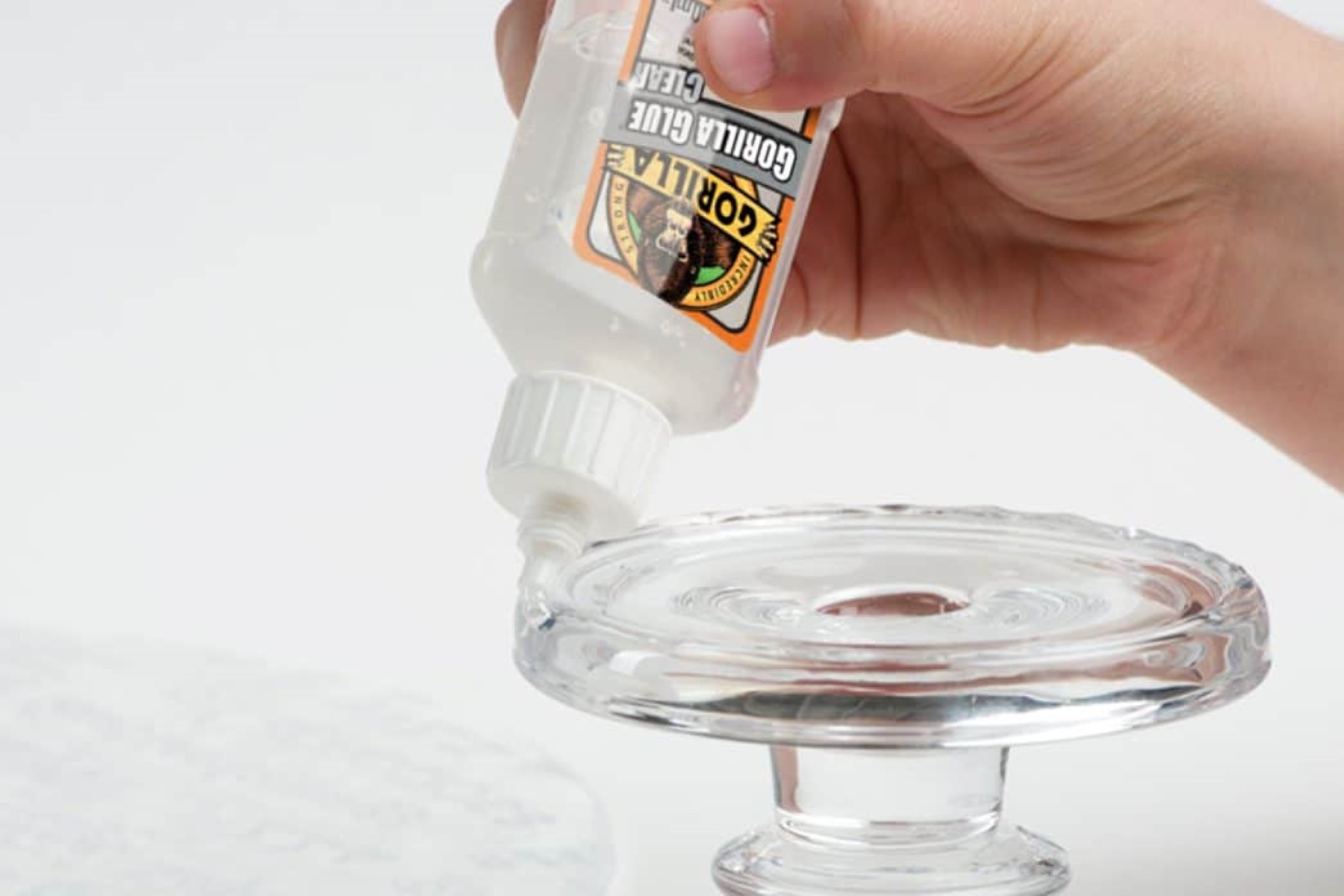

Interior Design Trends
What Glue Sticks To Glass
Published: February 5, 2024
Discover the latest interior design trends for what glue sticks to glass. Find the best adhesive solutions for your glass decor projects. Explore now!
(Many of the links in this article redirect to a specific reviewed product. Your purchase of these products through affiliate links helps to generate commission for Storables.com, at no extra cost. Learn more)
Introduction
When it comes to interior design, the ability to seamlessly blend functionality with aesthetics is paramount. One of the most versatile and visually striking elements in interior design is glass. Its transparent and reflective properties can elevate the ambiance of any space, making it a popular choice for windows, doors, tabletops, and decorative accents. However, when it comes to working with glass in DIY projects or repairs, the question of what glue sticks to glass often arises.
Choosing the right adhesive for glass is crucial to ensure a strong and durable bond. Whether you're repairing a chipped vase, creating a custom glass mosaic, or adhering glass elements to a larger project, understanding the types of glue that effectively adhere to glass is essential. From clear epoxy adhesives to specialized glass glues, there are various options available, each with its unique properties and applications.
In this comprehensive guide, we will delve into the world of glass adhesives, exploring the different types of glue that effectively bond to glass surfaces. Additionally, we will provide practical insights on how to use glue on glass, offering tips for achieving optimal adhesion and discussing the factors to consider when choosing the right adhesive for your specific glass-related project. Whether you're a seasoned DIY enthusiast or a novice crafter, this guide aims to equip you with the knowledge and confidence to tackle glass-related projects with precision and creativity.
By understanding the nuances of glass adhesives and their applications, you can unlock a world of possibilities in interior design and crafting. From repairing cherished glassware to crafting bespoke glass art, the right adhesive can be the key to bringing your vision to life. So, let's embark on this adhesive adventure and unravel the secrets of what glue sticks to glass.
Key Takeaways:
- Choose the right glue for glass projects to ensure a strong bond. Consider transparency, strength, flexibility, curing time, and environmental resistance for optimal results in DIY and crafting endeavors.
- Prepare glass surfaces, select the right adhesive, and follow precise application techniques for successful glass bonding. Consider transparency, strength, flexibility, curing time, and environmental resistance for reliable and visually appealing results.
Read more: What Glue Sticks To Brick
Types of Glue that Stick to Glass
When it comes to bonding glass surfaces, selecting the right type of adhesive is crucial for achieving a strong and lasting bond. Various types of glue have been formulated to effectively adhere to glass, each offering unique properties and applications. Understanding the characteristics of these adhesives can empower you to choose the most suitable option for your specific project. Let's explore some of the most common types of glue that stick to glass:
1. Epoxy Adhesives:
Epoxy adhesives are renowned for their exceptional bonding strength and versatility. These two-part adhesives consist of a resin and a hardener, which, when combined, create a durable and resilient bond. Epoxy adhesives are ideal for glass-to-glass bonding, as well as for attaching glass to other materials such as metal or wood. Their transparent nature makes them suitable for applications where a clear bond line is desired.
2. Silicone Adhesives:
Silicone adhesives are known for their flexibility and resistance to moisture, making them an excellent choice for glass bonding in environments prone to temperature variations and humidity. These adhesives form a strong yet flexible bond, allowing for some degree of movement without compromising adhesion. Silicone adhesives are often used for sealing and bonding glass in aquariums, terrariums, and other glass enclosures.
3. UV-curing Adhesives:
UV-curing adhesives offer rapid bonding capabilities, as they cure within seconds when exposed to ultraviolet light. These adhesives are well-suited for glass-to-glass bonding and are commonly used in the assembly of glass furniture, display cases, and electronic devices. The quick curing time and transparent finish make UV-curing adhesives a popular choice for applications where speed and aesthetics are paramount.
Read more: What Glue To Use For Glass
4. Cyanoacrylate (Super Glue):
Cyanoacrylate adhesives, commonly known as super glue, are valued for their fast bonding properties and ability to create a strong bond on smooth surfaces such as glass. While they may not be suitable for load-bearing applications, super glues are ideal for bonding small glass components and for quick repairs due to their fast curing time.
5. Glass Adhesives:
Specialized glass adhesives are formulated specifically for bonding glass surfaces. These adhesives are designed to create a strong and transparent bond, making them suitable for glass art, stained glass projects, and glass jewelry making. They offer excellent adhesion to glass without the risk of clouding or discoloration, preserving the visual clarity of the glass.
By understanding the unique properties and applications of these adhesive types, you can make an informed decision when selecting the most suitable glue for your glass-related projects. Each type of adhesive offers distinct advantages, allowing you to achieve reliable and visually appealing bonds on various glass surfaces.
How to Use Glue on Glass
Using glue on glass requires precision and attention to detail to ensure a strong and lasting bond. Whether you're repairing a cracked glass ornament or embarking on a creative glass crafting project, the proper application of adhesive is essential. Here's a step-by-step guide on how to effectively use glue on glass:
-
Surface Preparation:
Before applying the glue, it's crucial to prepare the glass surface to ensure optimal adhesion. Clean the glass thoroughly to remove any dust, grease, or residue that may hinder the bonding process. Use a gentle glass cleaner or isopropyl alcohol to achieve a clean and dry surface. -
Selecting the Right Adhesive:
Choose an adhesive that is specifically formulated for bonding glass. Consider the specific requirements of your project, such as transparency, flexibility, or curing time, and select the most suitable adhesive type accordingly. -
Application Technique:
Apply the adhesive sparingly to one of the glass surfaces that you intend to bond. Use a small, disposable applicator or a precision syringe to control the amount of adhesive and to avoid excess spillage. Ensure that the adhesive is spread evenly across the surface to facilitate a uniform bond. -
Joining the Surfaces:
Carefully align the glass surfaces and gently press them together to allow the adhesive to spread evenly and make full contact with both surfaces. Take caution to avoid excessive pressure, which may cause the adhesive to squeeze out from the bond line. -
Curing Process:
Depending on the type of adhesive used, allow sufficient time for the bond to cure. Follow the manufacturer's instructions regarding the curing time and any specific environmental conditions required for optimal bonding. -
Post-Bonding Care:
After the adhesive has cured, inspect the bond for any irregularities or areas that may require additional attention. If necessary, use a glass-safe razor blade or fine-grit sandpaper to remove any excess adhesive and refine the appearance of the bond line.
By following these steps and exercising patience and precision, you can effectively use glue on glass to achieve reliable and visually appealing bonds. Whether you're undertaking a repair or engaging in a creative glass art project, the proper application of adhesive is fundamental to the success of your endeavor. With attention to detail and the right adhesive choice, you can unlock the potential of glass as a versatile and enduring element in your interior design and crafting pursuits.
Tips for Choosing the Right Glue for Glass
Selecting the right adhesive for glass-related projects is a critical decision that can significantly impact the outcome of your endeavor. To ensure the success of your glass bonding applications, consider the following tips for choosing the most suitable glue for glass:
-
Transparency and Aesthetics: When working with glass, especially in artistic or decorative projects, opt for adhesives that dry clear and maintain the transparency of the glass. This ensures that the bond lines remain inconspicuous, preserving the visual appeal of the glass surfaces.
-
Bond Strength: Assess the specific requirements of your project to determine the necessary bond strength. For load-bearing applications or structural bonding, prioritize adhesives known for their exceptional strength and durability, such as epoxy adhesives.
-
Flexibility: In applications where the bonded glass components may experience slight movement or stress, such as in glass enclosures or decorative glass elements, consider adhesives with flexible properties. Silicone adhesives, known for their flexibility and resistance to moisture, are well-suited for such applications.
-
Curing Time: Evaluate the time constraints of your project and the desired speed of bonding. Some adhesives, such as UV-curing adhesives, offer rapid curing capabilities, making them ideal for projects that require quick assembly and minimal downtime.
-
Resistance to Environmental Factors: Consider the environmental conditions to which the bonded glass will be exposed. If the project involves outdoor applications or environments with temperature variations and humidity, opt for adhesives that offer resistance to such factors, ensuring the longevity of the bond.
-
Application Precision: For intricate or small-scale glass bonding, choose adhesives that allow for precise application. This is particularly important in artistic and jewelry-making projects where controlled and minimal adhesive application is crucial to maintaining the aesthetic integrity of the final piece.
-
Specialized Glass Adhesives: For projects specifically tailored to glass art, stained glass, or jewelry making, consider utilizing adhesives formulated specifically for bonding glass. These specialized adhesives are designed to cater to the unique requirements of glass-related crafts, offering tailored properties for optimal adhesion and visual clarity.
By considering these tips and aligning them with the specific demands of your glass-related project, you can make an informed decision when selecting the right glue for glass. Each project may have distinct requirements, and by evaluating these factors, you can ensure that the chosen adhesive meets the specific needs of your endeavor, ultimately leading to a successful and visually appealing outcome.
Frequently Asked Questions about What Glue Sticks To Glass
Was this page helpful?
At Storables.com, we guarantee accurate and reliable information. Our content, validated by Expert Board Contributors, is crafted following stringent Editorial Policies. We're committed to providing you with well-researched, expert-backed insights for all your informational needs.
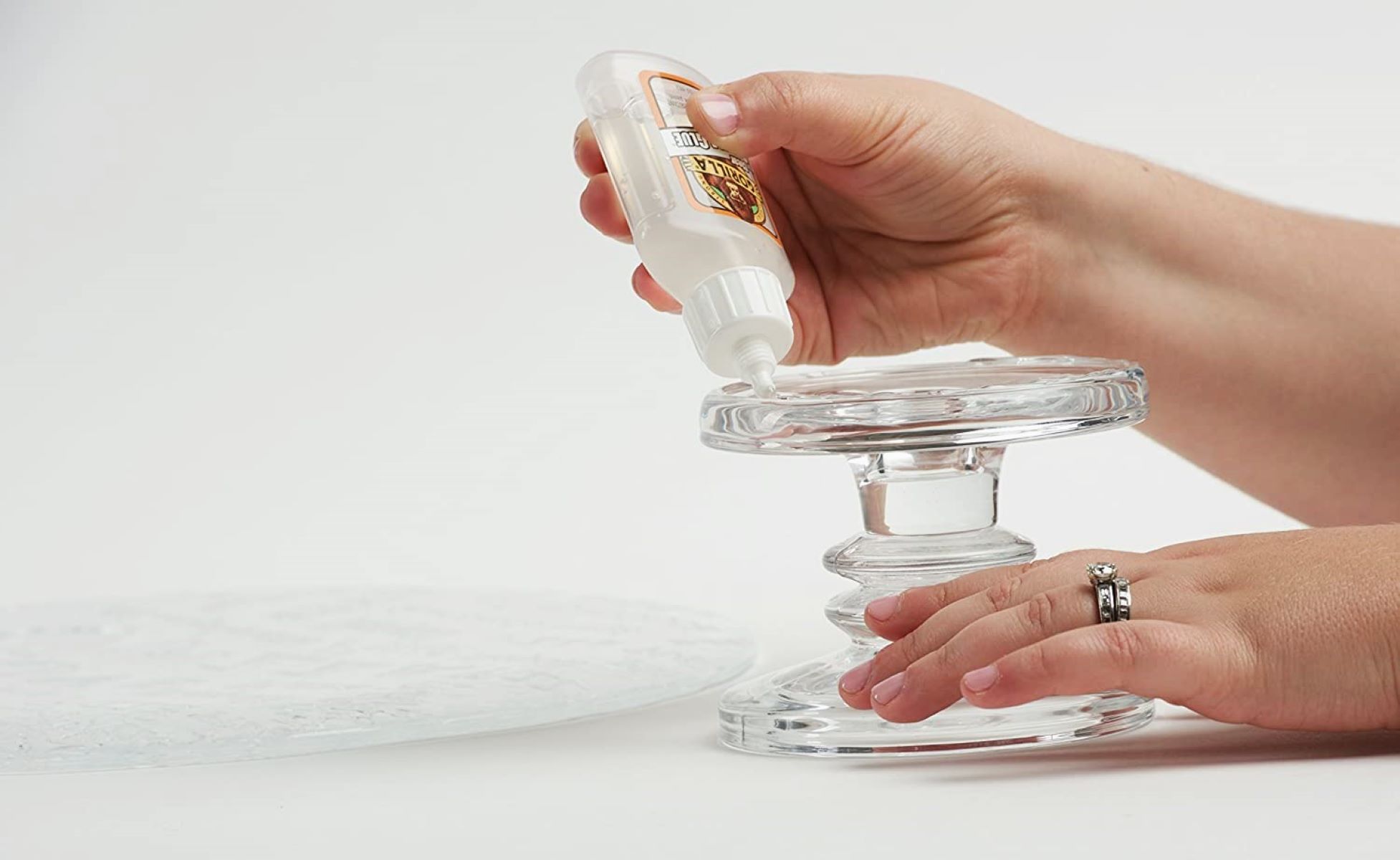
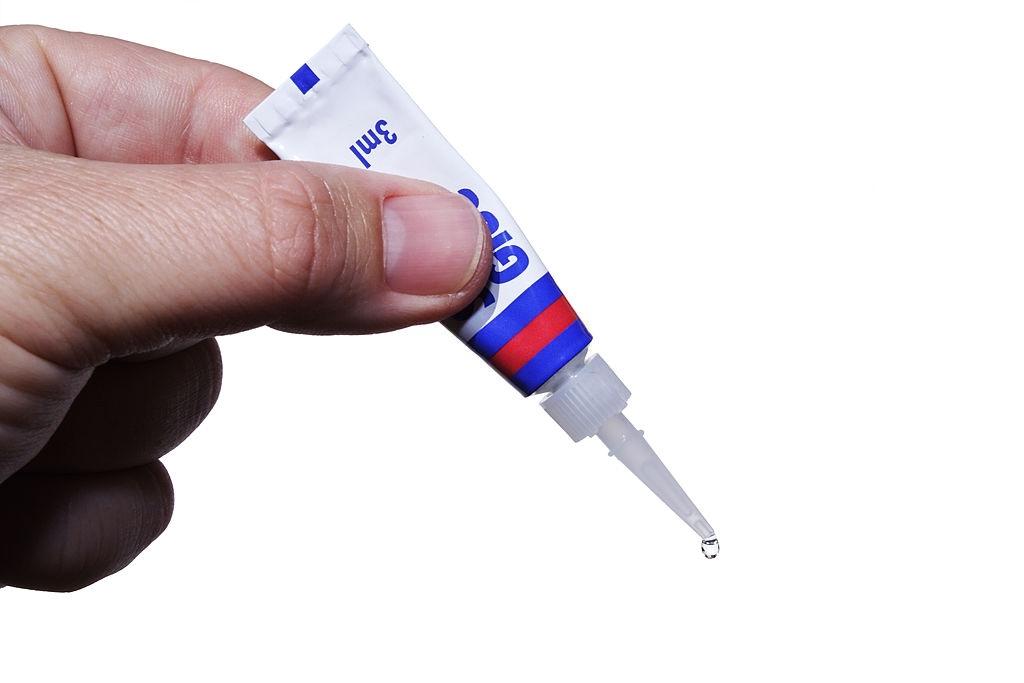
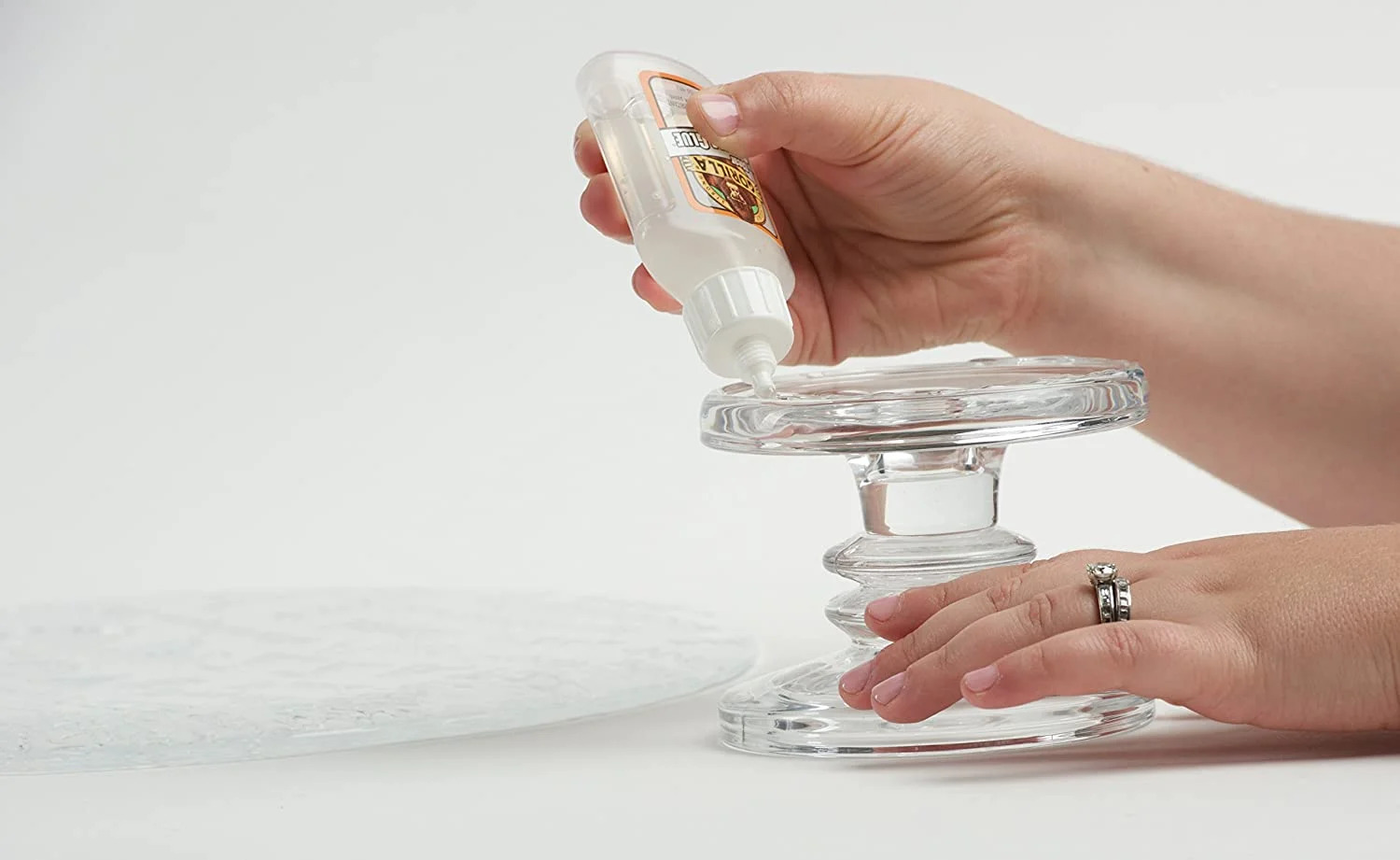
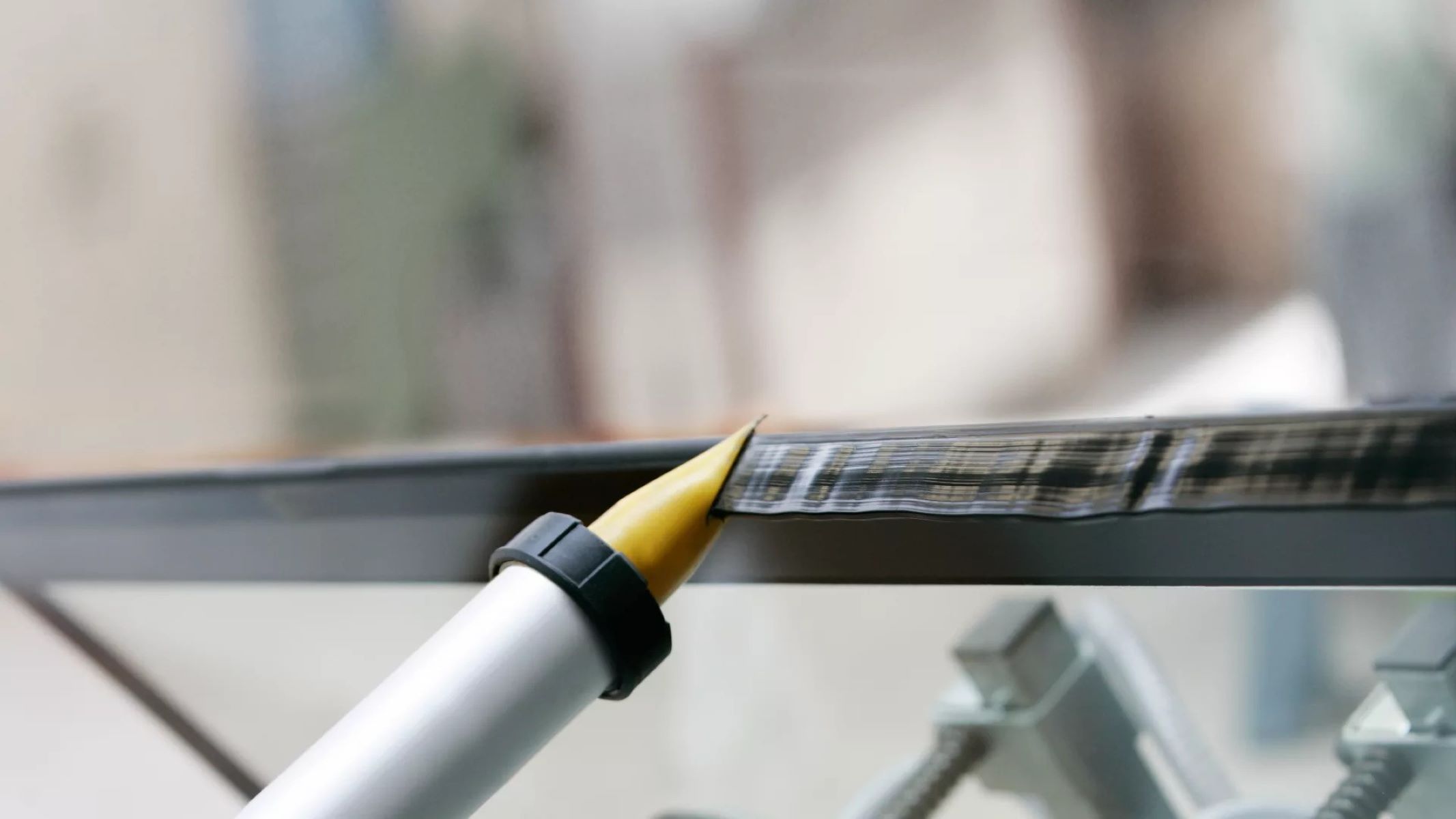
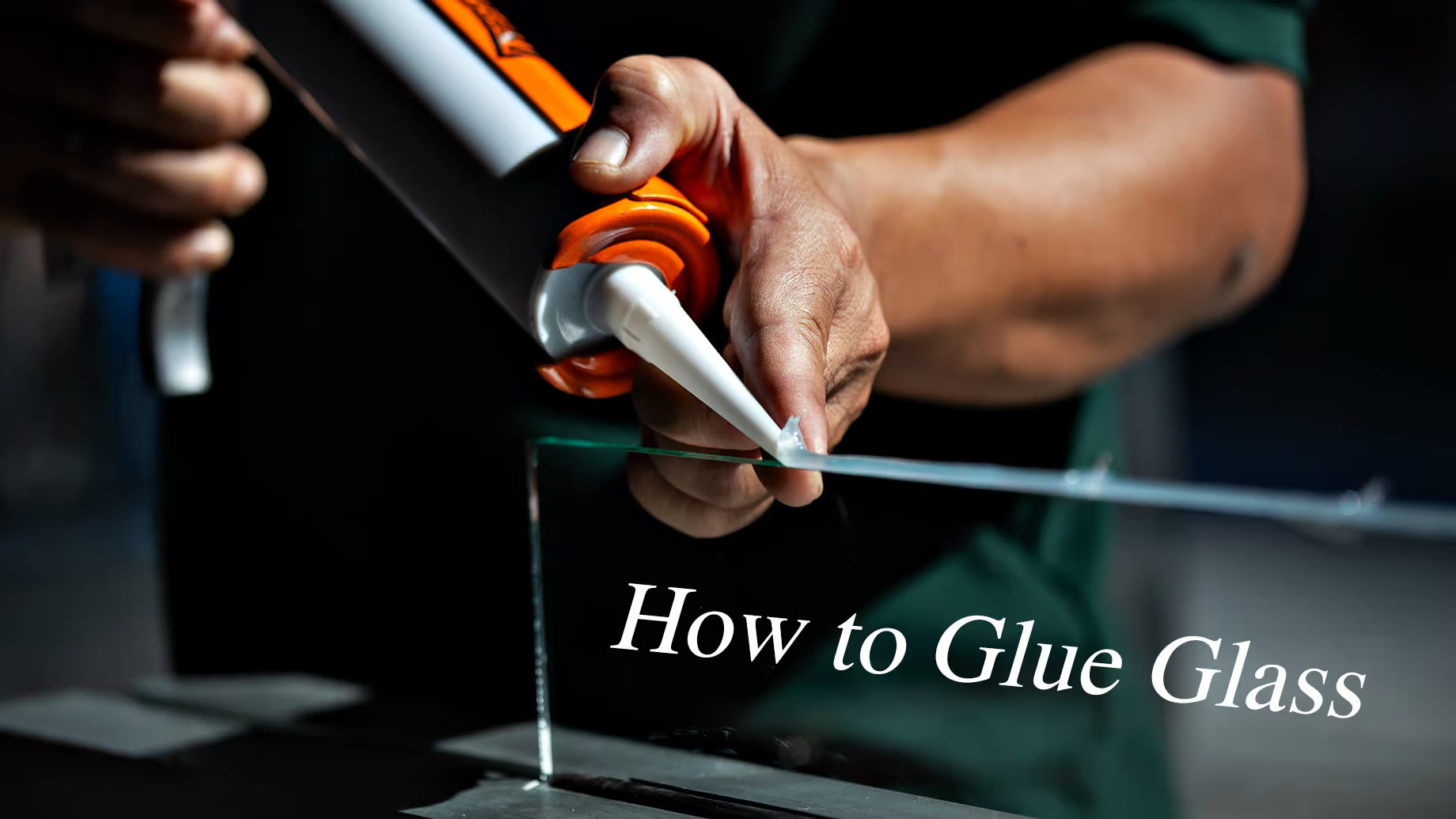
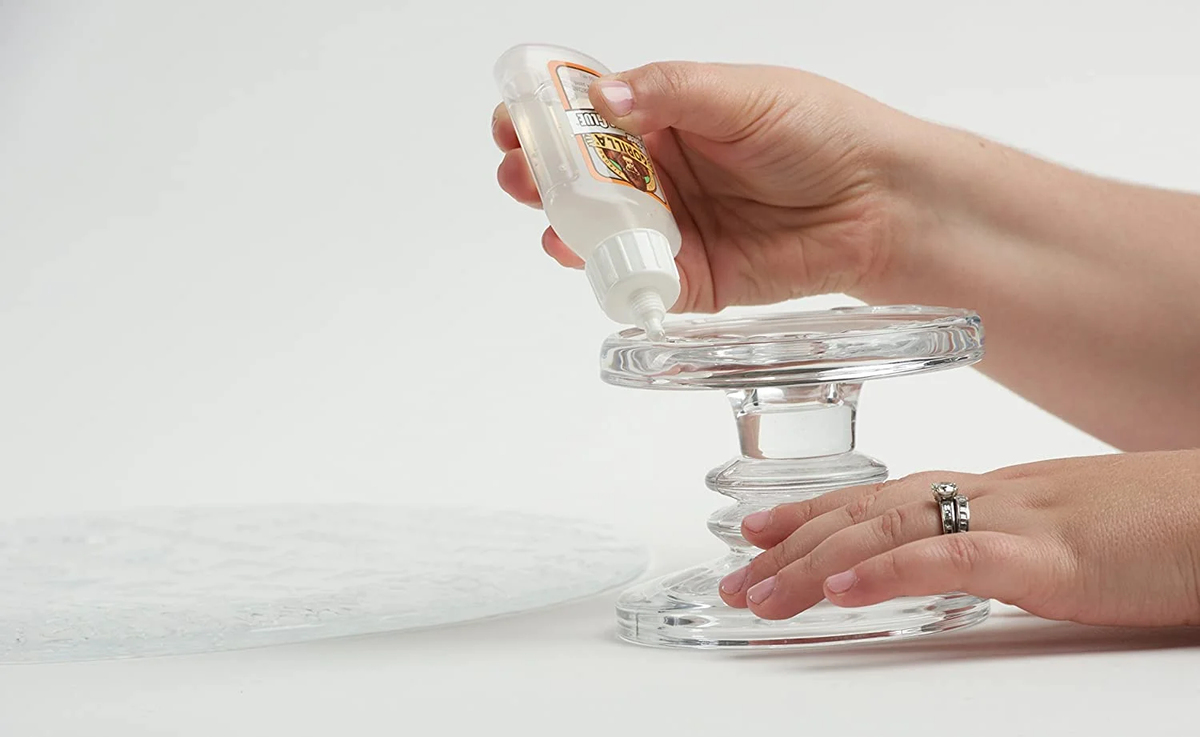
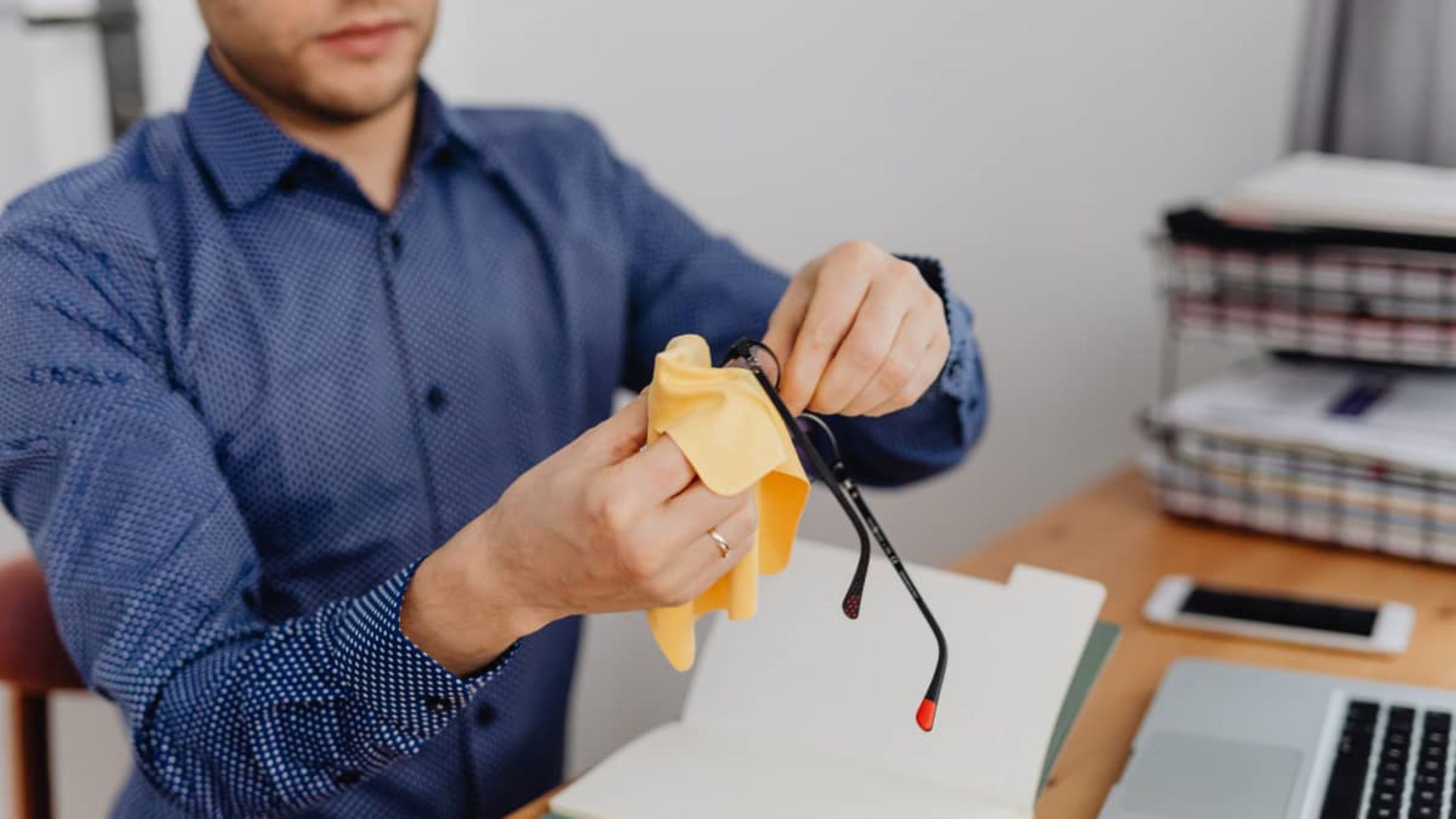
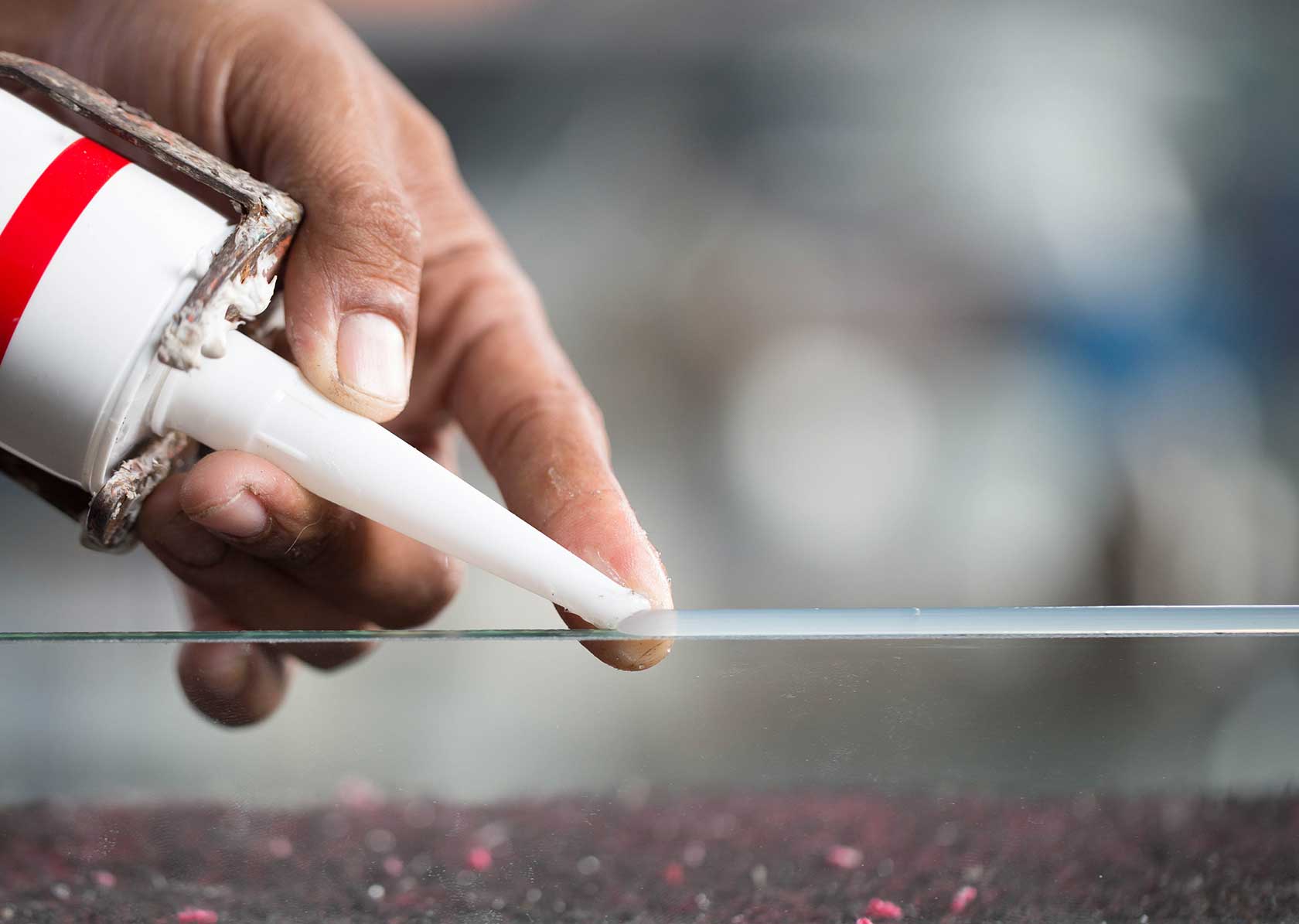
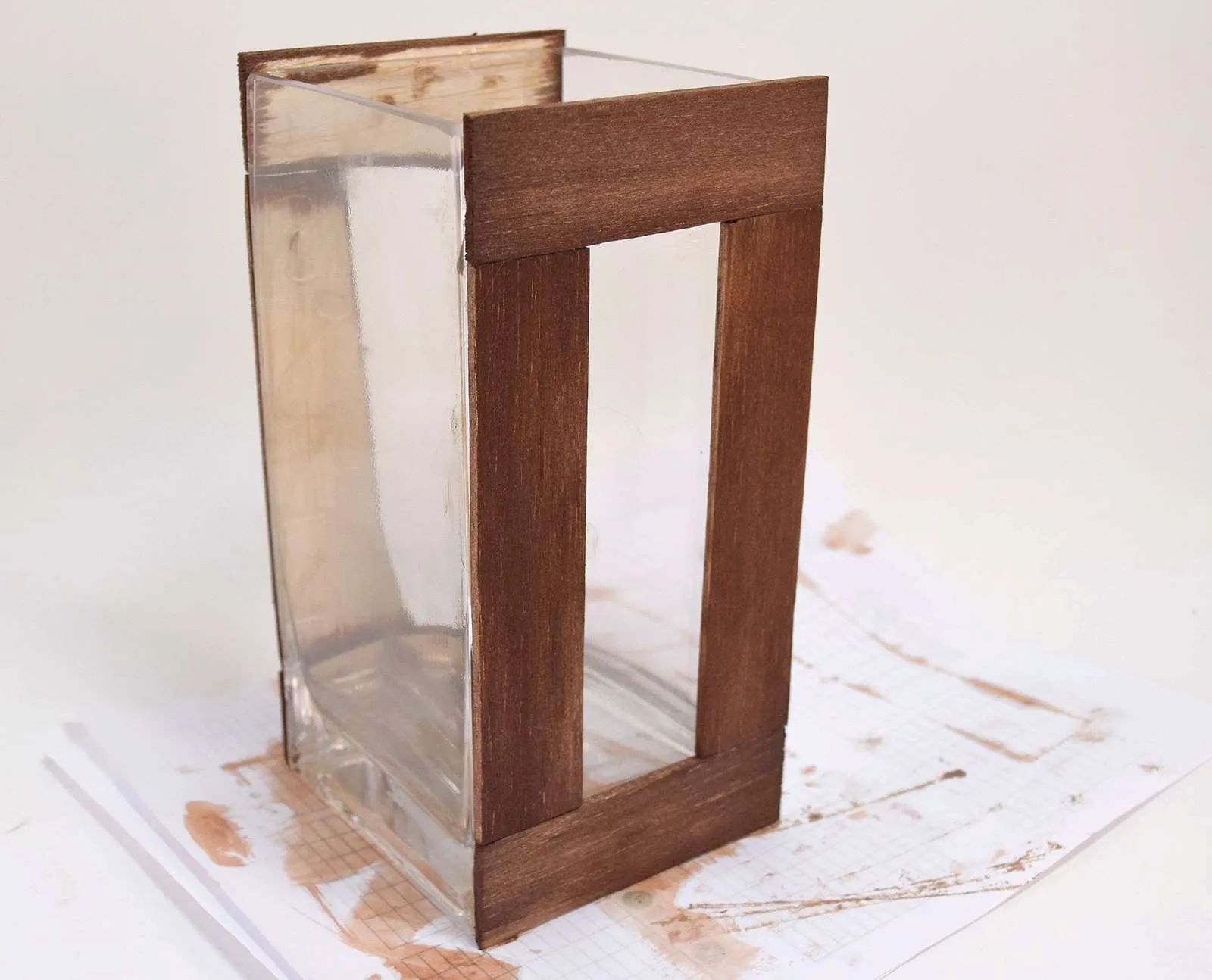
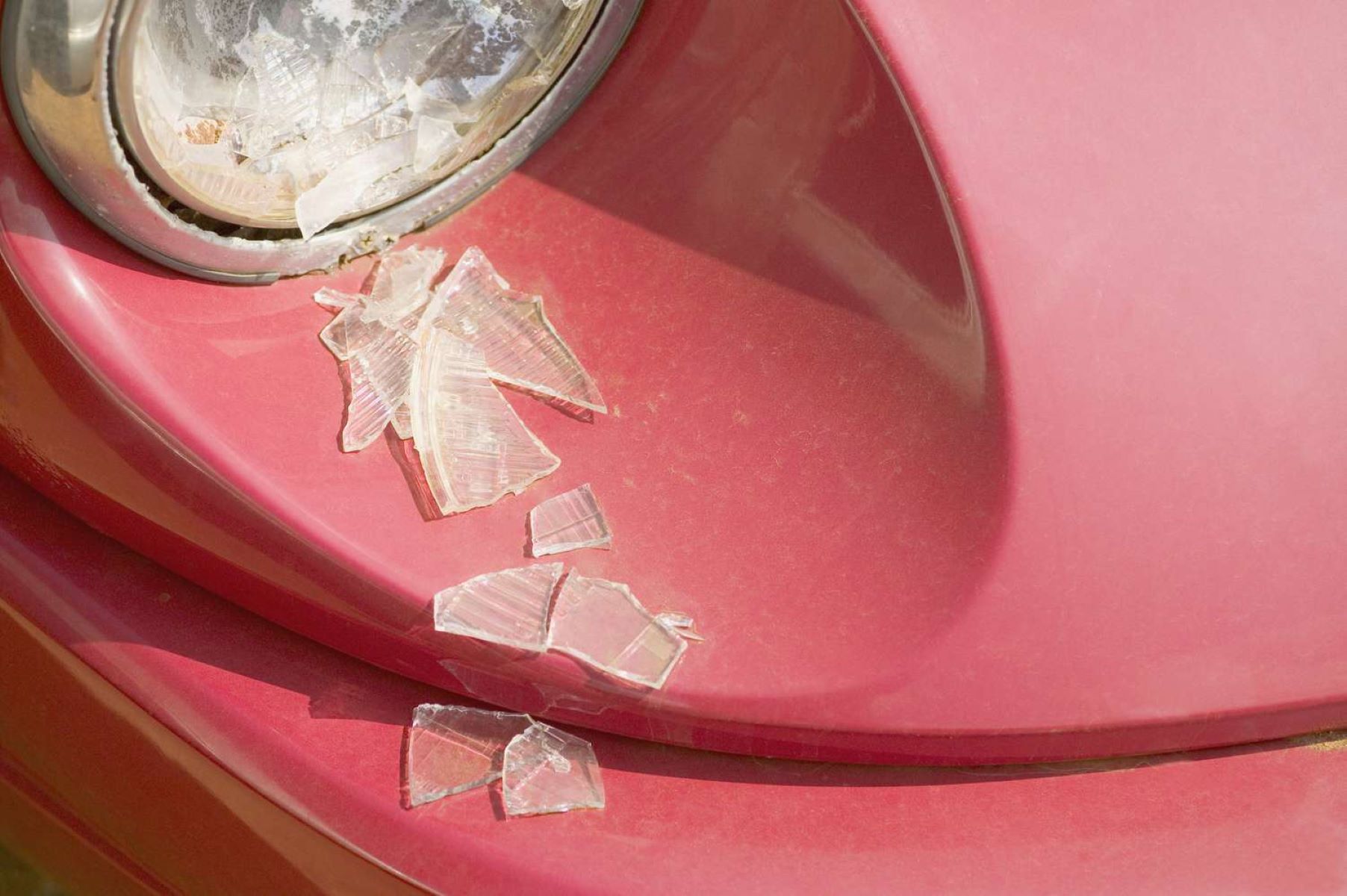
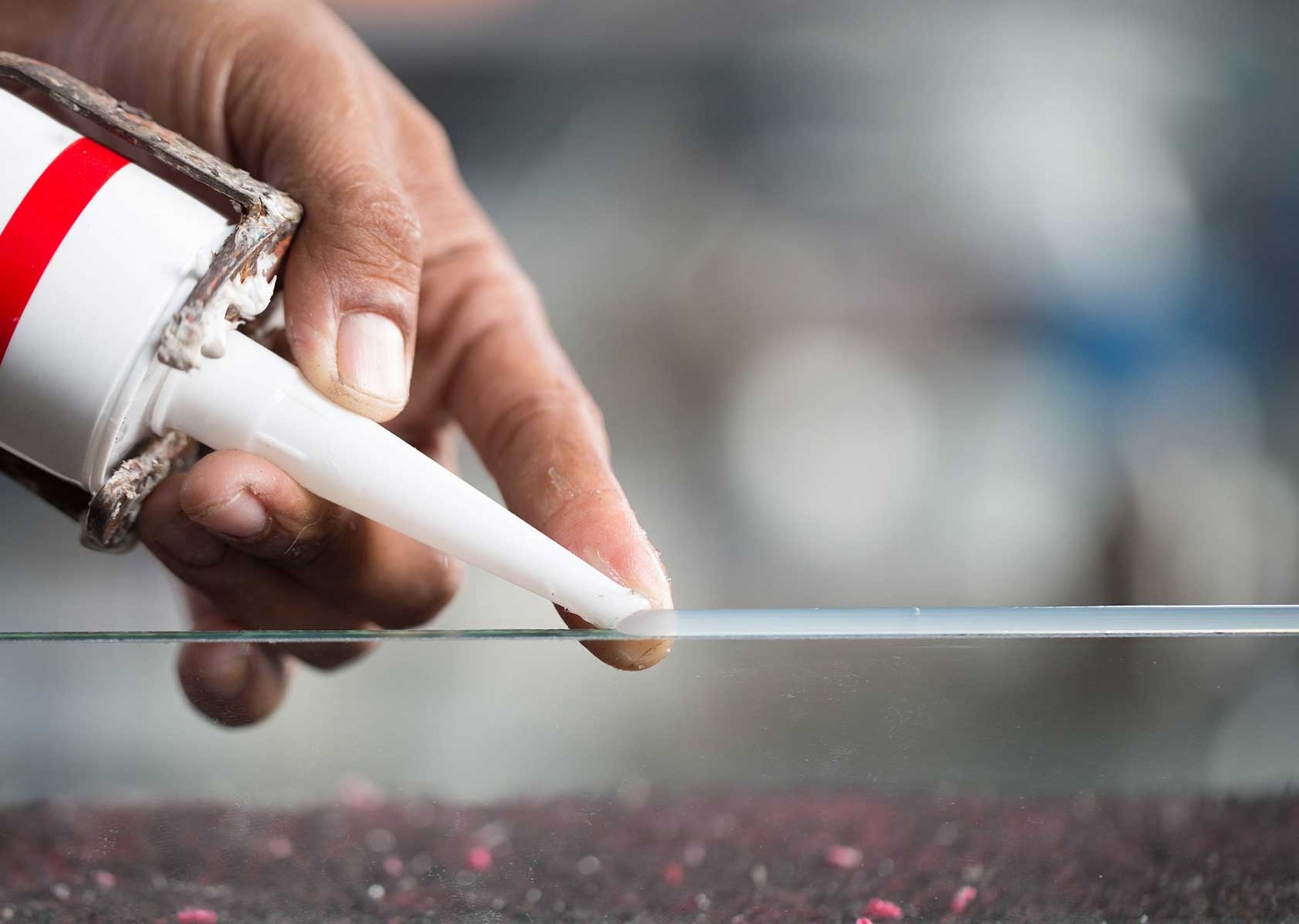
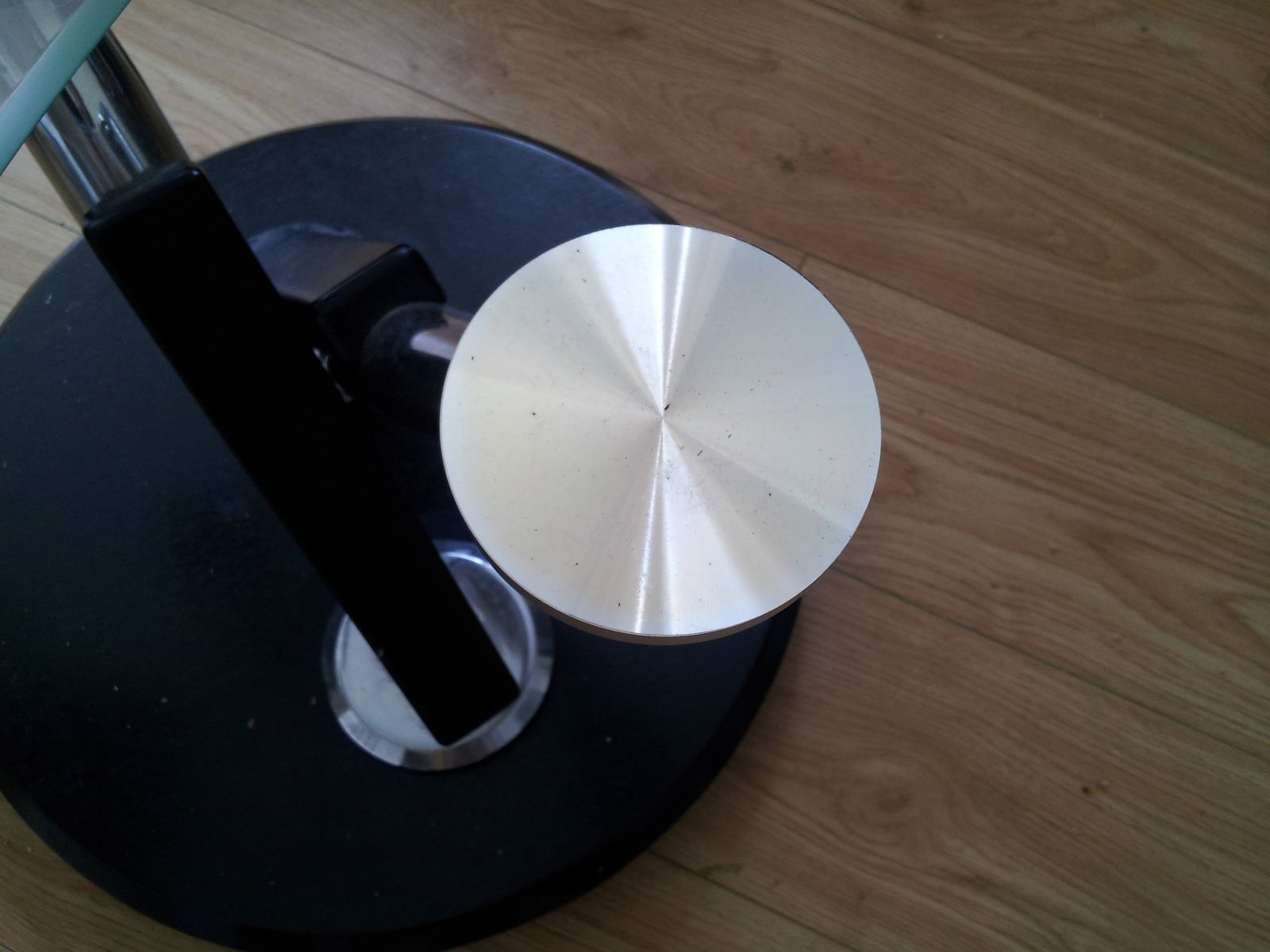
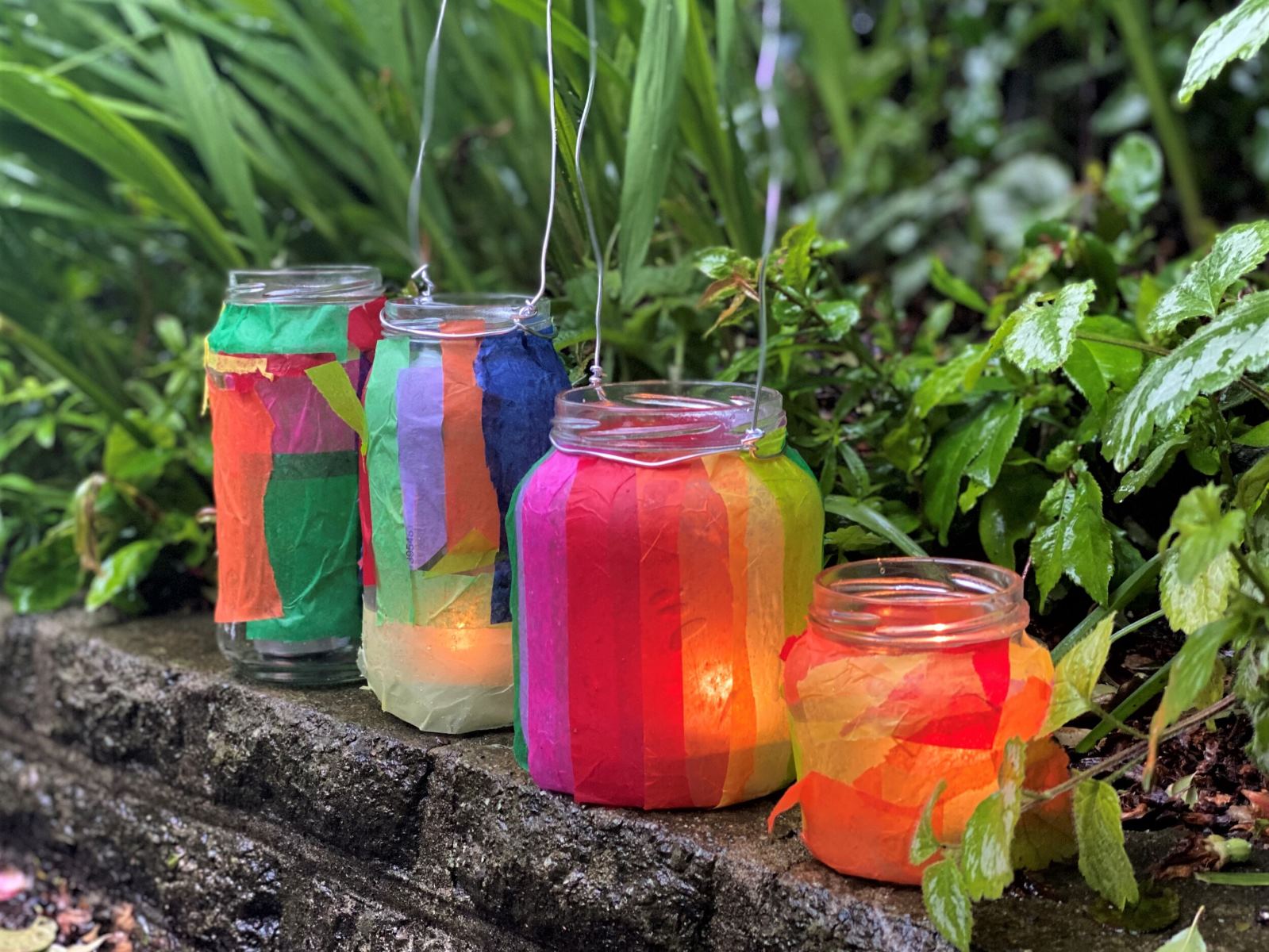
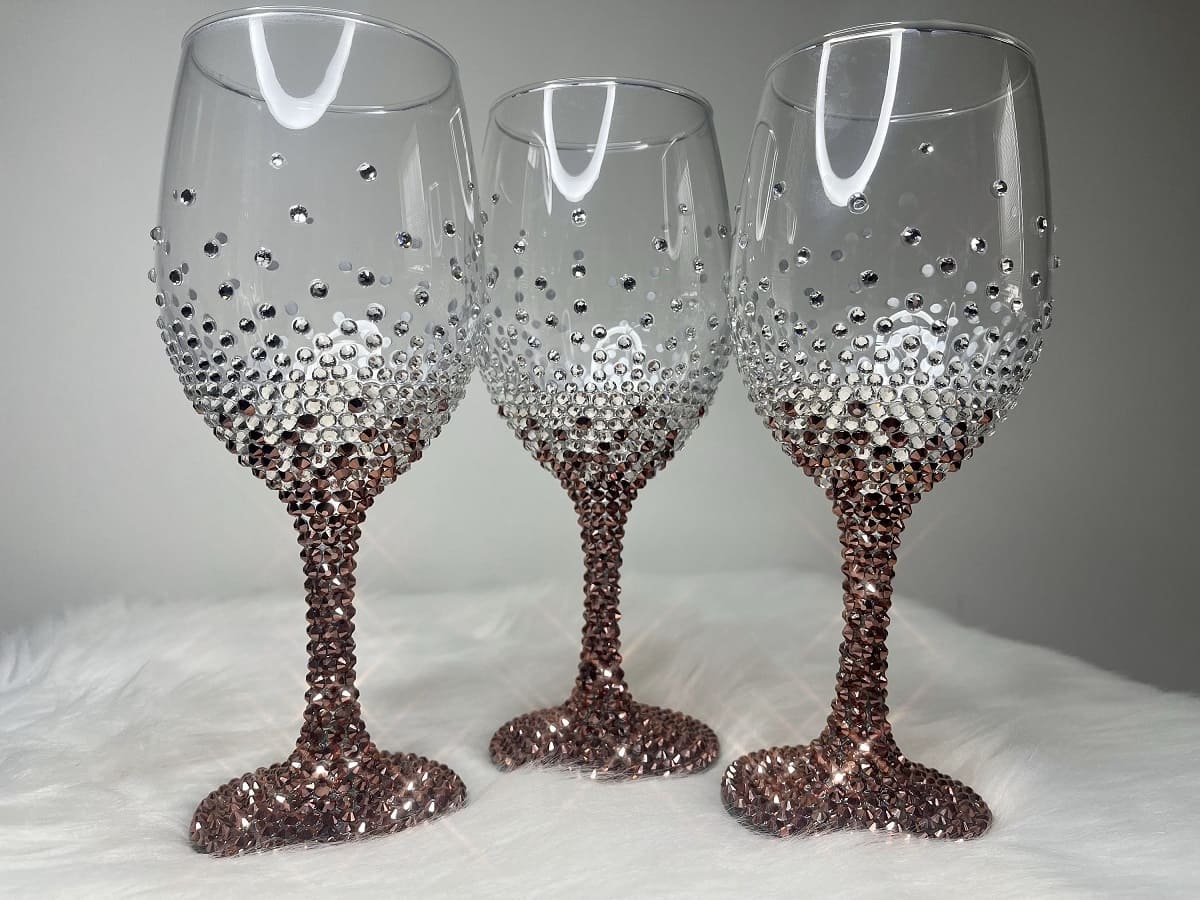

0 thoughts on “What Glue Sticks To Glass”